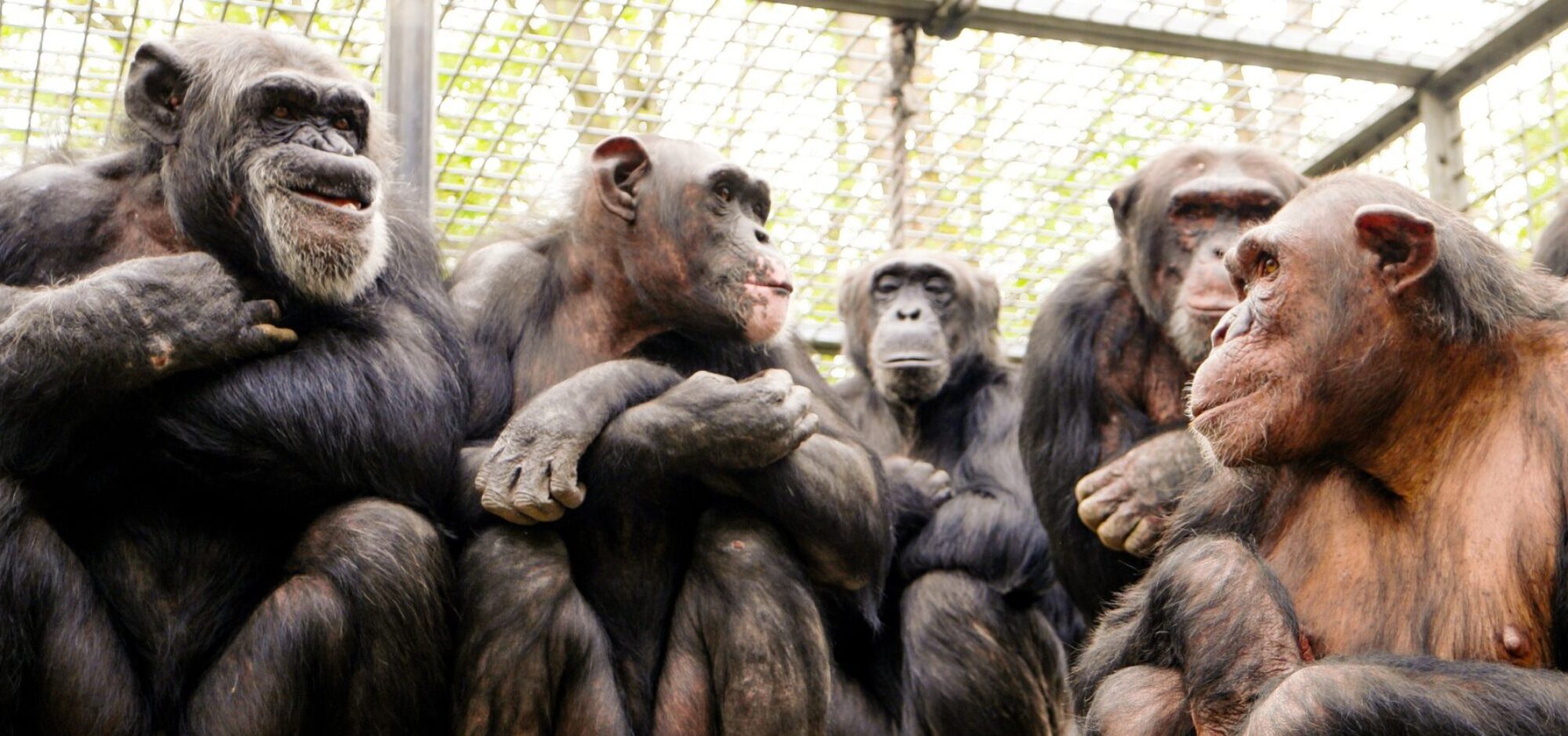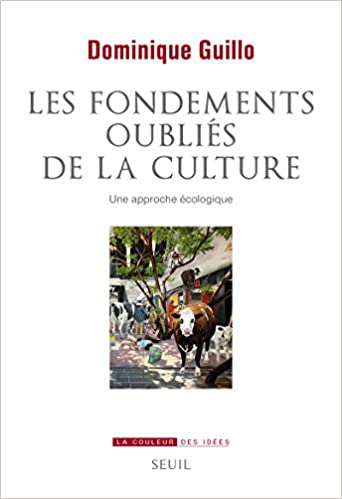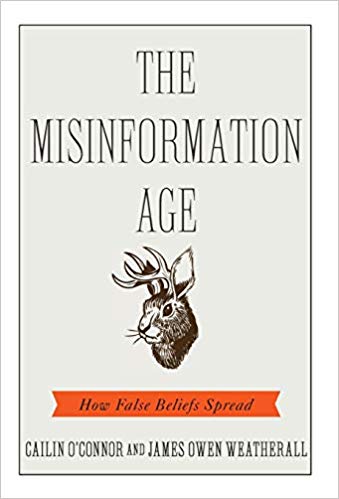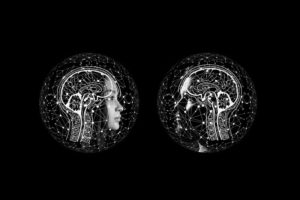“Pandemics and the great evolutionary mismatch
Guillaume Dezecache, Chris D. Frith and Ophelia Deroy
Current Biology Magazine 30, R1–R3, May 18, 2020
https://www.cell.com/pb-assets/products/coronavirus/CURBIO_16385.pdf
(…)
What increases in times of anxiety and threat is not a drive to help the self at all costs, but an intuitive drive to help others. The unfortunate consequence is that, in response to the current threat of infection, we desire social contact, particularly with the loved and the vulnerable.
Pandemics and the ‘breakdown of social order’ narrative
When describing the behaviour of people living in countries affected by the spread of covid-19, the media has rapidly adopted a ‘Hobbesian’ view of human nature [4]. This is the expectation that exposure to threat makes people abandon social niceties and, being naturally rivals, fall back into ‘brutishness and misery’. Major newspapers report panic, with people running to shops to collect masks, hand sanitizers and food. Those behaviours are routinely qualified as irrational: why rush to buy food when we are told that there will be no shortages? We do not doubt that humans can be irrational (we misevaluate large magnitudes; underestimate risks and value shortterm gain [7]). At the individual level, however, it is rational to hoard food and toilet paper when we are told that we will have to stay at home for an indefinite amount of time. It’s not that we do not trust politicians, but we are right to be uncertain about the resilience of institutions, and the social contract in general, in the face of an unprecedented, unknown, and growing threat. Similarly, it is perfectly rational, at the individual level, to run for the exits when the building is on fire. However, these self-oriented rational decisions are the ones on which we have to consciously reflect [8]. Our initial, intuitive responses are, on the contrary, to be cooperative [9].
(…)
The coming of covid-19 is being met with inertia and placidity, rather than mass panic. The French population was (and is still being) criticized by their own authorities for their laxity and nonchalance. Some weeks ago, the French continued to gather in bar terraces and break the obvious rules of social distancing. The German state of Bavaria took stricter confinement measures on March 21st, after finding that many individuals, despite the explicit instruction to stay away from others, were still gathering in groups as if nothing had changed. Similar violations of official advice are occurring everywhere.
An alternative to the accusation that people are irrational and irresponsible is the suggestion that people are ignorant of the threat. We are not suggesting that these effects are not in play (more below), but we want to suggest that knowing the threat is perfectly compatible with seeking company of friends and loved ones. Being with others and getting but also providing social support is how we cope with stress [10]. Increasing threat is only likely to reinforce this social inclination.
(…)
Contactseeking may be a ‘natural’ drive which is embedded in our physiology. Social touch contributes to the physiological regulation of the body’s responses to acute stressors and other short-term challenges. Close social support is not an extra for getting additional rewards. It constitutes our baseline [15]. Our brains do not respond positively to its presence, but negatively to its loss. People can crave for social cues just like they crave for food [16]. The policy implications of decades of research in social neuroscience are clear, but widely ignored: asking people to renounce social contact is not just asking them to abstain from pleasurable activities; it is asking them to diverge from a point of equilibrium, toward which they normally all gravitate.
(…)
One major issue is that diseases are largely invisible, particularly diseases (like covid-19) which remain asymptomatic in a large part of the population. This imperceptibility means that it is not even detected, let alone recognized as a collective threat. Hence, the defensive avoidance mechanisms associated with fear and disgust will not operate. Similarly, our social tendencies simply continue as, in the absence of symptoms, we don’t perceive that we may carry the infection. Even if we believe that the threat is widespread within our own group, the implications for oneself are challenging. Recognizing that one is likely to become a deadly threat to others is incongruent with our self-image, leading to dissonance and denial of the danger.
There is, however, a second issue: a threat stemming from infection, in societies with optimally functioning health systems, may be detected and yet recognized to be severe only for a small fraction of the population. Unless we feel we belong to that fraction, the threat may not be construed as collective: it is them, not us. A threat that remains invisible, and is thought to apply only to some individuals, is unlike other threats (such as predators, enemies or hurricanes) which are clearly menacing everyone in a given location. More than physical proximity and covulnerability is needed for a threat to be recognised as collective. Some actual or potential understanding of aspects of the threat as shared by us all, in a collective ‘we’ [2,19], is also required.
(…)
In all likelihood, the mismatch between our misperception of the severity of the threat and its consequences is likely to become even more destructive in dense urban areas in which social isolation is a costly good.
(…)
So why don’t we avoid each other in times of infections? It is because our infection-avoidance mechanisms are overwhelmed by a much stronger drive to affiliate and seek close contact.”






